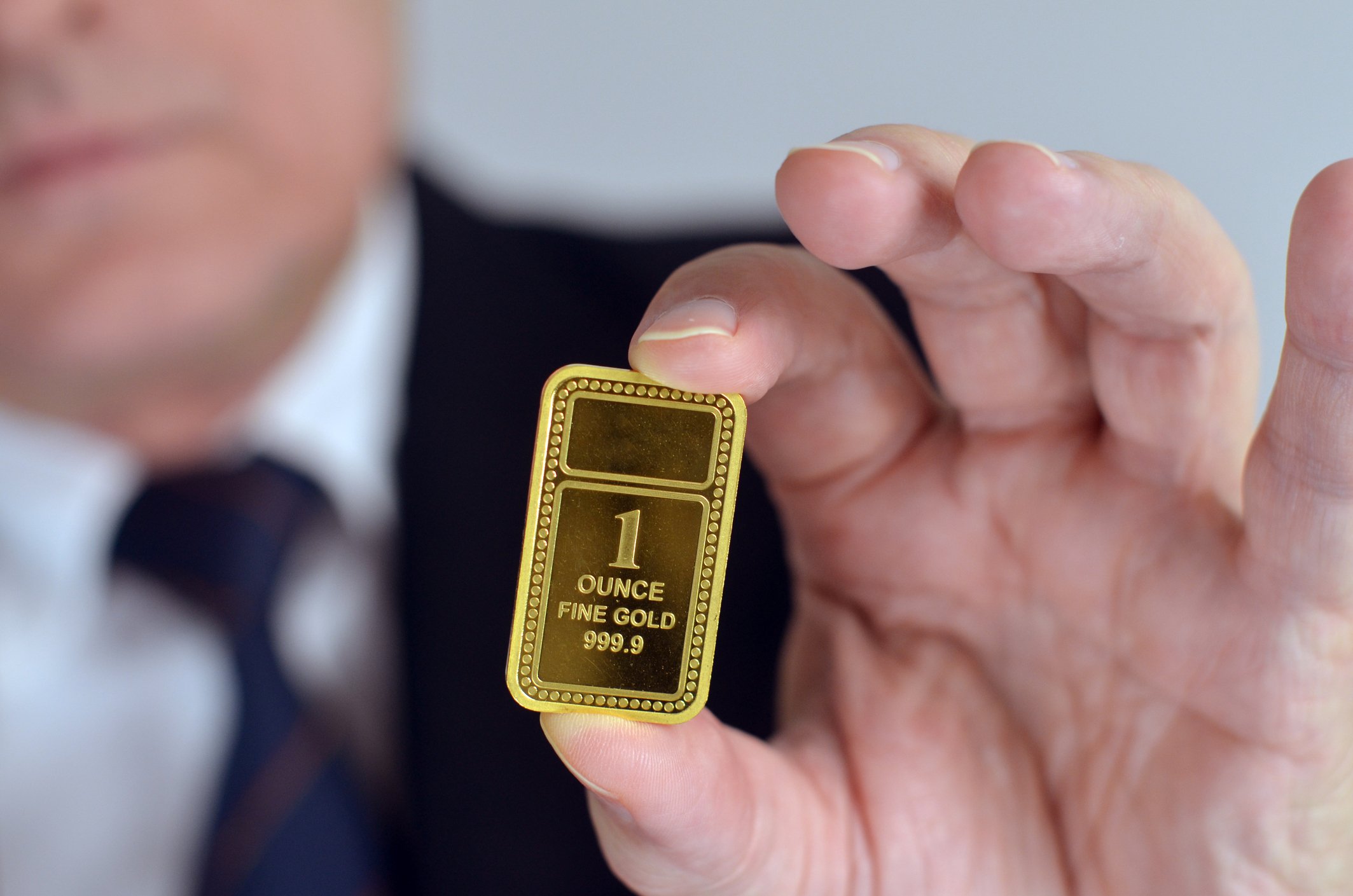Precious metals investors have learned that you don't have to invest directly in mining companies in order to benefit from the industry's growth. Both Franco-Nevada (FNV +1.40%) and Royal Gold (RGLD +2.30%) use business models that largely involve making streaming agreements with mining partners, offering financing in exchange for the right to purchase future production at discounted prices compared to those prevailing in the precious metals markets. With gold and silver starting to perk up, investors are curious which one of these companies looks like the smarter one to buy.
Let's take a closer look at these two streaming companies to see whether Royal Gold or Franco-Nevada looks more attractive.

Image source: Getty Images.
Valuation and stock performance
The stock market has been kind to both Franco-Nevada and Royal Gold, but shareholders in the latter have had a much better time over the past year. Since February 2016, Royal Gold has posted an extraordinary 82% total return, compared to "just" 37% for Franco-Nevada.
From a valuation standpoint, both Royal Gold and Franco-Nevada have faced negative adjustments due to impairments over the past couple of years, and that has hit current earnings hard. Both streaming companies have trailing earnings multiples measured in triple digits, making it almost meaningless that Franco-Nevada's price-to-earnings ratio is lower than Royal Gold's. On a forward-looking basis, though, Royal Gold looks like the less expensive play, with a forward earnings multiple that's just half what Franco-Nevada sports, at 36 and 72 respectively. Franco-Nevada also has higher valuations than Royal Gold based on price to cash flow from operations and price to sales.
Even with Royal Gold's big gains recently, it still looks like the better value. If you believe current profit projections, then Royal Gold has an edge on this metric.
Dividends
One of the benefits of the streaming business model that Royal Gold and Franco-Nevada use is that they generate enough income to pay dividends. That's fairly unusual for precious metals companies, but because the emphasis for the two companies is on providing financing, the returns they deliver offer the opportunity to return capital to shareholders rather than having to reinvest it in mining operational costs.
Franco-Nevada has a slight edge over Royal Gold on current yield. Franco-Nevada's dividend yield right now is 1.7%, compared to 1.3% for Royal Gold.
Both companies have also made considerable boosts to their dividend payments over the years, although they've also slowed their dividend growth more recently. From 2005 to 2013, Royal Gold quadrupled its dividend, and Franco-Nevada doubled its payout between 2010 and 2014. More recently, declining gold and silver prices hurt many mining companies, but even though dividend growth slowed, it didn't come to a standstill at either streaming company. Franco-Nevada might deserve a slight edge for its higher yield, but both companies have done well in sustaining dividends that are better than what you'll find from most traditional mining companies.
Growth and potential risk
Franco-Nevada and Royal Gold are aiming at similar goals, but the way in which they're trying to reach them differs. For Royal Gold, making new investments has been the path to growth. The company invested about $1.3 billion in streaming interests during its 2016 fiscal year, with partners that include Teck Resources, New Gold, and Barrick Gold helping to drive revenue higher. Royal Gold also expects to make amendments to a streaming agreement it already has with Centerra Gold, trading some of its streaming interest in gold production in order to obtain greater exposure to copper. Industrial metals could be a rising opportunity for Royal Gold, especially given that copper appears to have hit bottom during the downward portion of the latest commodity cycle. Further price gains could follow if industrial activity picks up, and Royal Gold could exploit that across many of its relationships with mining companies.
Franco-Nevada has seen big gains over the past year because of the acquisition of a streaming interest in Glencore's Antapaccay mine about a year ago. The deal has already had a huge upward impact on revenue and production levels, and Franco-Nevada hopes that it will be able to take full advantage of the potential that the mine has to produce substantial amounts of gold and silver over its projected lifetime. At the same time, Franco-Nevada is also looking at potential new deals that it can use to bolster its growth even further. With the future of gold and silver prices being uncertain, the only sure path to growth is putting together a larger and healthier asset base.
Based on these measures, Royal Gold looks like the more attractive pick for investors right now. Despite a big run-up, the company has a slightly clearer growth path ahead of it. Nevertheless, Franco-Nevada has made a lot of progress recently, and both companies are likely to take their fair share of profits from what appears to be an increasingly attractive environment for those willing to provide miners with financing.







